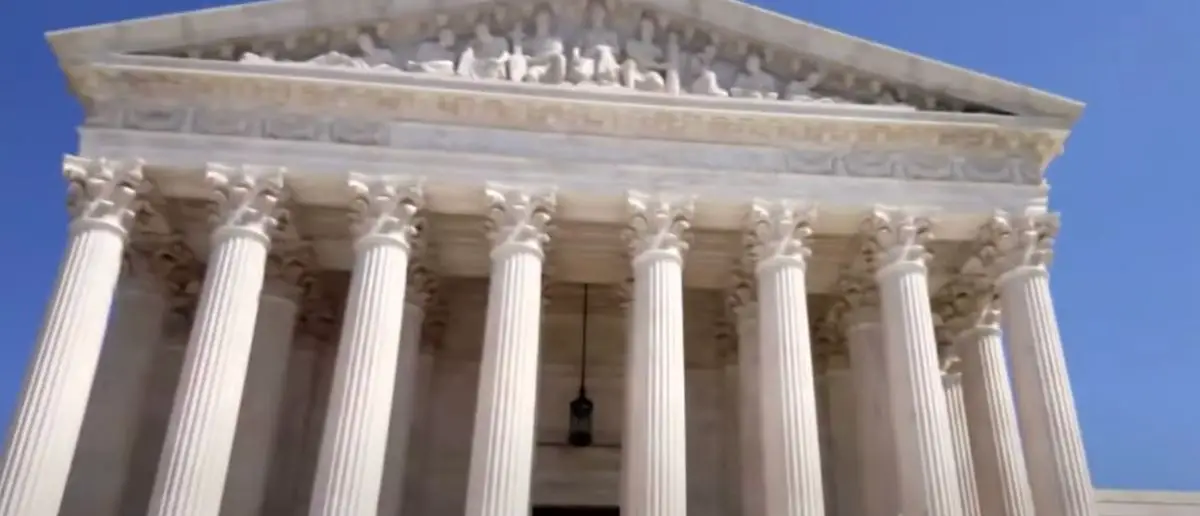
The Supreme Court has been busy with huge cases. This one might top them all.
As the U.S. Supreme Court is preparing an earth-shattering ruling ahead of the 2026 midterms.
Supreme Court Review of Race-Based Districts Could Shift 2026 Midterm Landscape
The Supreme Court’s upcoming examination of race-based congressional districts under the Voting Rights Act could significantly strengthen Republican redistricting strategies for the 2026 midterms. Race-based districts, largely rooted in the South from civil rights-era anti-discrimination measures, are under scrutiny not only by the Court but also by the Trump Justice Department, which has urged at least one state to reassess its district map for constitutional reasons.
This case emerges as Republicans in multiple states, dissatisfied with 2020 census outcomes, plan an unusual mid-decade redistricting to create more favorable seats. The goal is to tip the scales in the closely contested House of Representatives for the 2026 elections.
In states like Texas and Florida, where Republicans dominate all government branches, officials are exploring map revisions. Texas proposals could add five GOP seats, while Florida and Indiana are also considering redistricting to gain a few seats.
The Supreme Court’s review of a Louisiana district map challenge could reshape how states apply Section 2 of the Voting Rights Act in drawing congressional boundaries. Enacted during the Civil Rights era to counter voting discrimination against Black Americans in the South, the Voting Rights Act’s Section 2 bans race-based discrimination in state voting laws. By the 1980s, courts used this section to address redistricting, preventing minority vote dilution and establishing majority-minority districts.
A lower federal court previously ordered Louisiana to redraw its map to include two majority-minority districts, as Black voters—about one-third of the state’s population—had only one such district.
However, “non-black” Louisiana residents challenged this change, arguing it violated the Fourteenth and Fifteenth Amendments, which ensure equal protection and prohibit voting discrimination based on race or color. This dispute has reached the Supreme Court.
In a brief order last Friday, the Supreme Court directed both parties to submit supplemental briefs addressing whether “the State’s intentional creation of a second majority-minority congressional district violates the Fourteenth or Fifteenth Amendments to the U. S. Constitution.”
Recent Supreme Court rulings have limited the Voting Rights Act’s scope. In 2013, Shelby County v. Holder eliminated Section 5’s preclearance requirement for certain states. In 2021, Brnovich v. Democratic National Committee made proving Section 2 violations harder, with Justices Breyer, Kagan, and Sotomayor dissenting.
If the Court upholds lower court rulings in the Louisiana case, Section 2 could face further restrictions. A lower federal court last year ruled that Louisiana’s order for a second Black-majority district was “an impermissible racial gerrymander in violation of the Equal Protection Clause of the Fourteenth Amendment,” highlighting “tension between Section 2 of the Voting Rights Act and the Equal Protection Clause.”
“The Voting Rights Act protects minority voters against dilution resulting from redistricting maps that ‘crack’ or ‘pack’ a large and ‘geographically compact’ minority population. On the other hand, the Equal Protection Clause applies strict scrutiny to redistricting that is grounded predominately on race,” a three-judge federal panel noted.
Southern states like Louisiana and Alabama have historically been required to maintain majority-minority districts to comply with Section 2, preventing minority vote dilution. These districts often lean Democratic, giving Democrats an advantage in heavily Republican states, unlike Republicans in states like Massachusetts or Illinois.
In 2023, a federal court struck down Alabama’s map for violating the Voting Rights Act by not accounting for its growing Black population, ordering a second minority district. The legal fight continues as Alabama’s legislature resisted adding another majority-minority district.
The Justice Department’s Civil Rights Division has also challenged certain race-based districts on constitutional grounds, notably pushing Texas to reconsider its maps over “coalition districts” that combine multiple minority groups, such as Black and Hispanic voters.
Assistant Attorney General Harmeet Dhillon, in a July letter to Texas Gov. Abbott and Attorney General Ken Paxton, argued that four Texas congressional districts are “unconstitutional ‘coalition districts’” that “run[s] afoul” of the Voting Rights Act and the Constitution.
“[One] of the flavors of race-based districting that states have tried to do over the years, and tried to do because they’ve been forced to by plaintiffs, minority groups, is that you can combine multiple minority groups or count on a certain white crossover group to a minority group to make what’s called a coalition minority district under Section 2 of the Voting Rights Act,” Dhillon explained.
“The Fifth Circuit, which Texas is a part of, there was a recent decision in 2023 that struck down this concept of coalition districts, but left alive what is now going to be considered by the Supreme Court, a sort of majority minority district, but you have to have a single minority that composes a majority of that district,” Dhillon said.
In response, Texas initiated a mid-decade redistricting for the 2026 midterms. Last week, state lawmakers proposed a new map that could add five Republican seats, bolstering their chances of retaining the narrowly divided House.
Texas Democratic lawmakers left the state to block a quorum, gaining support from Democratic governors like J.B. Pritzker of Illinois, Kathy Hochul of New York, and Gavin Newsom of California. The state legislature has since authorized the sergeant at arms to bring Democrats back, potentially under arrest warrants.
Vice President JD Vance highlighted disparities, stating, “The gerrymander in California is outrageous. Of their 52 congressional districts, 9 of them are Republican. That means 17 percent of their delegation is Republican when Republicans regularly win 40 percent of the vote in that state. How can this possibly be allowed?”
Texas Attorney General Paxton said his office would pursue judicial orders to declare that Democratic lawmakers who miss the state House speaker’s deadline have vacated their seats. While Texas is the only state actively redistricting, Florida, Missouri, and Indiana are exploring similar proposals. A Supreme Court decision against race-based districts could expand Republican opportunities, potentially opening over 10 districts, mostly in Southern states, for redistricting.





